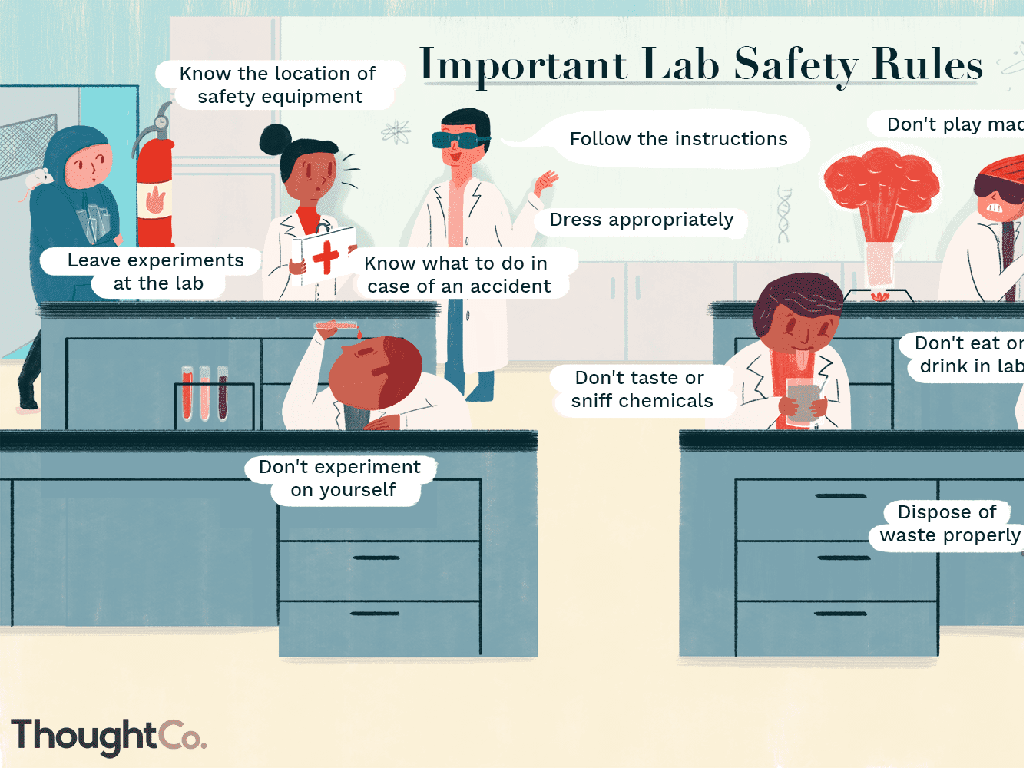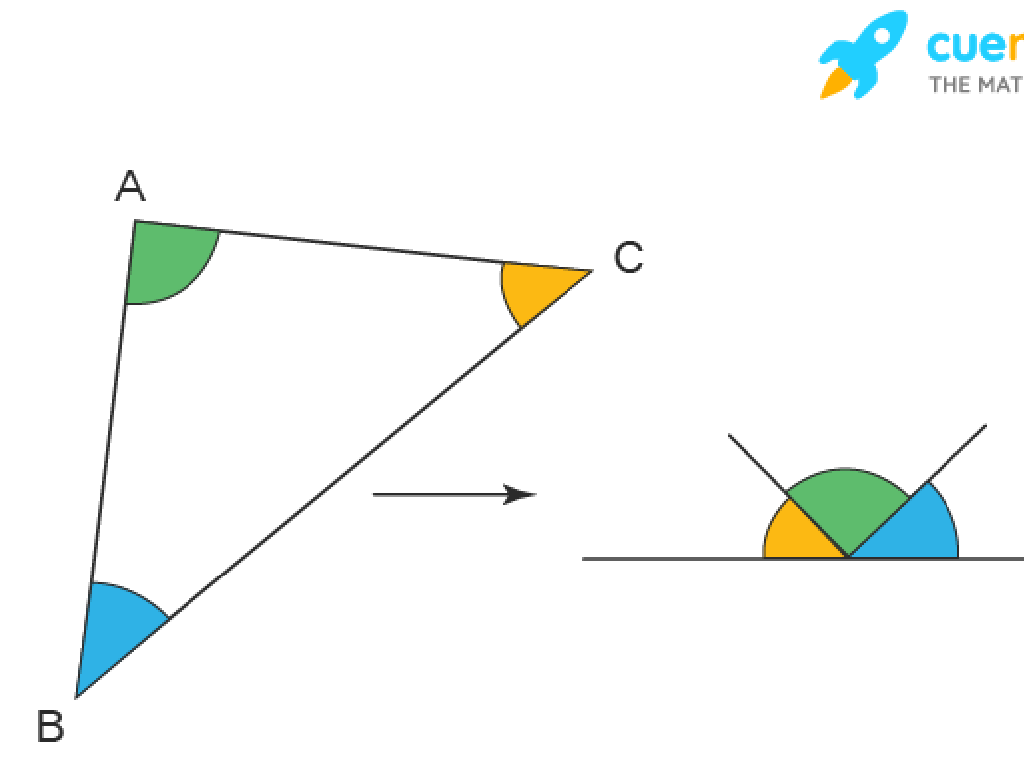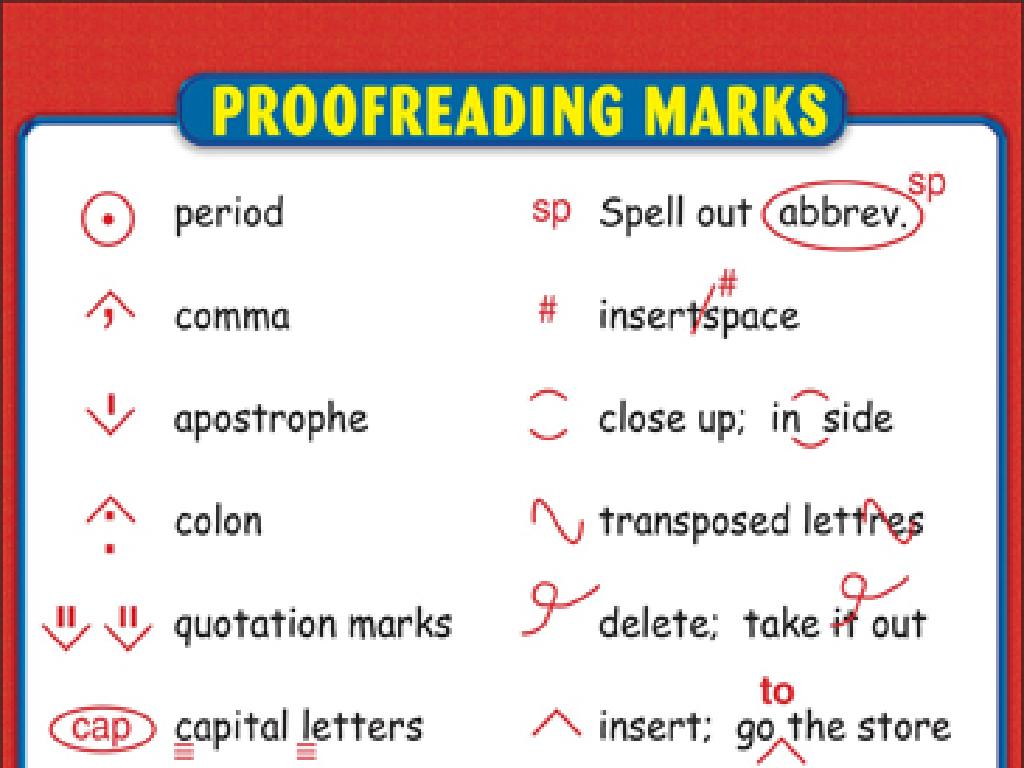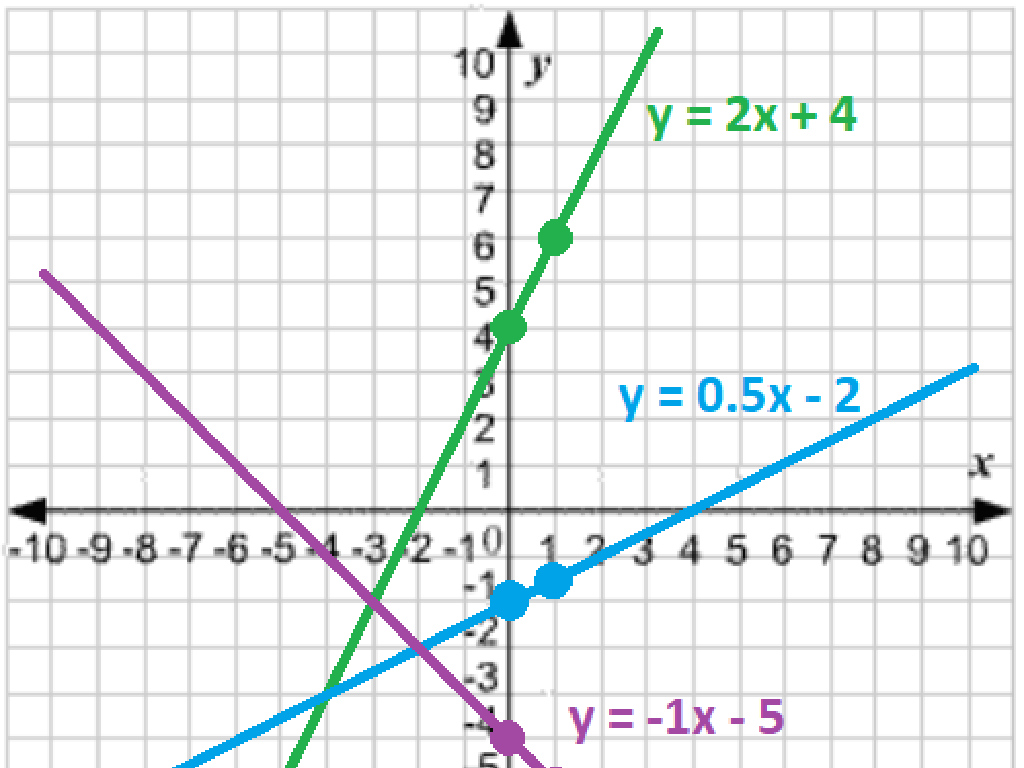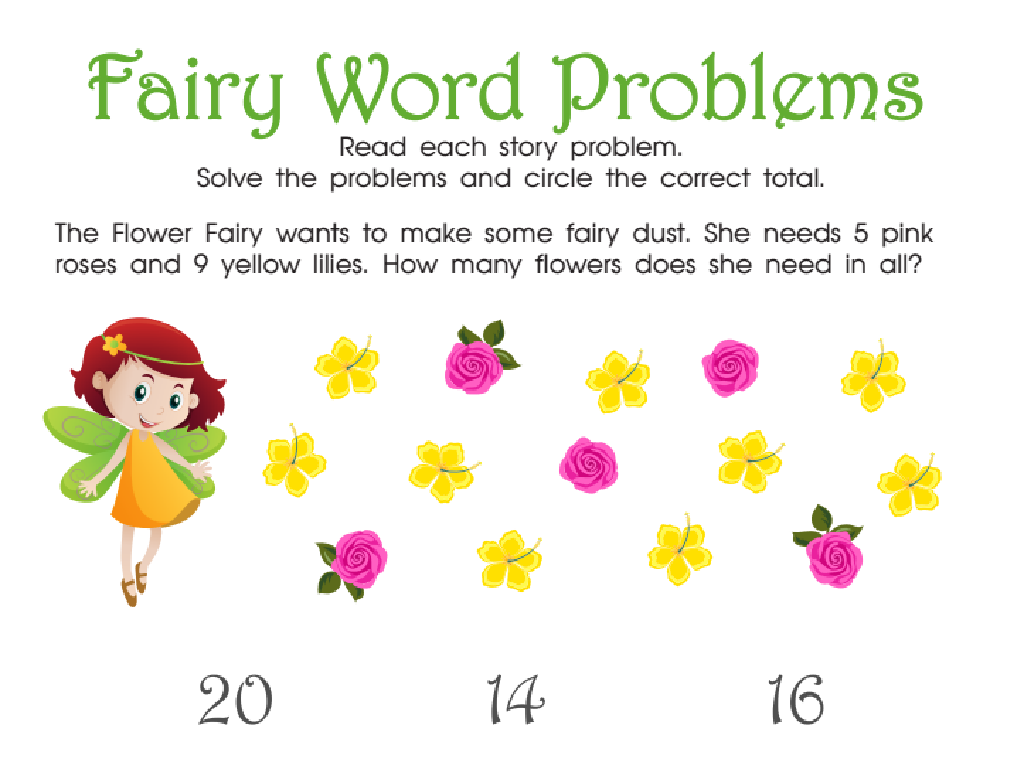Identify Solids, Liquids, And Gases
Subject: Science
Grade: Second grade
Topic: States Of Matter
Please LOG IN to download the presentation. Access is available to registered users only.
View More Content
Welcome to States of Matter!
– Exploring solids, liquids, and gases
– Solids have a fixed shape; like ice
– Matter makes up our world
– Liquids flow and fill containers; like water
– What exactly is Matter?
– Gases spread out everywhere; like steam
– Characteristics of each state
|
In this lesson, we’ll introduce the concept of matter, which is anything that takes up space and has mass. We’ll explore the three states of matter that we see in our everyday lives: solids, liquids, and gases. Solids, like a block of ice, keep their shape. Liquids, such as water, take the shape of their container. Gases, like the steam from a hot shower, spread out to fill the entire space available. Understanding these states will help students grasp how the world around them is structured and how different materials behave. Encourage the students to think of examples from their daily lives for each state of matter.
Exploring States of Matter
– Matter is everything around us
– Matter comes in various forms
– Solids, liquids, and gases are states of matter
– Solids: hard and keep their shape, like rocks. Liquids: flow and fill containers, like water. Gases: invisible and fill the air, like oxygen.
– Observing matter in daily life
– Look around to find examples of each state of matter.
|
This slide introduces the concept of matter and its different states to second-grade students. Matter is a substance that makes up all things in our environment. It can exist in several forms, primarily as solids, liquids, and gases. Solids have a fixed shape and volume, liquids take the shape of their container but have a fixed volume, and gases fill the entire space available to them. Encourage students to observe and identify objects in their surroundings that represent each state of matter. This will help them relate the concept to the real world and understand that matter is not just an abstract idea but a tangible part of their daily lives.
Characteristics of Solids
– Solids have a fixed shape
– Unlike liquids or gases, solids keep their shape without a container.
– Solids stay still, they don’t flow
– If you tilt or turn a solid, it won t pour out like water.
– Examples: Rock, Ice-Cream Cone
– A rock retains its shape; an ice-cream cone doesn’t melt into a puddle right away.
|
This slide introduces the students to the basic characteristics of solids. Emphasize that solids have a definite shape and volume, meaning they don’t change shape or spread out like liquids or gases. Use tangible examples like a rock, which is hard and keeps its shape, or an ice-cream cone, which also holds its shape unless it melts. Explain that the shape of solids is due to the closely packed particles that are fixed in place. Encourage students to think of other examples of solids and discuss why they don’t flow like liquids or gases.
Characteristics of Liquids
– Liquids match container shapes
– If you pour water into a cup, it looks like the cup!
– Liquids can move or flow
– Like when you spill water, it spreads out.
– Examples: Water and Juice
– Think of drinking water or juice!
|
This slide focuses on the properties of liquids, which is a fundamental concept in understanding the states of matter. Emphasize that liquids do not have a fixed shape; instead, they take the shape of the container they are in. Demonstrate this by showing how water looks different in various containers. Discuss how liquids can flow, using examples like pouring water from a bottle or juice spilling on the floor. Use relatable examples such as water and juice to help students connect the concept to their everyday experiences. Encourage students to think of other liquids they encounter daily and how these liquids behave similarly.
Exploring Gases: A State of Matter
– Gases are invisible
– We can’t see gases, but they’re all around us!
– Gases expand to fill space
– No matter the container size, gases will spread out.
– Examples: Air, Helium
– Air we breathe and helium in balloons are gases.
|
This slide introduces the characteristics of gases to second-grade students. Emphasize that even though we can’t see gases, they are an important part of our daily lives, like the air we breathe. Explain that gases will always spread out to fill the entire space of their container, unlike solids and liquids. Use familiar examples such as air, which is everywhere, and helium, which is used to fill balloons and makes them float. Encourage students to think of other examples of gases and how they interact with them every day.
Let’s Compare: States of Matter
– Similarities of states of matter
– Differences: Solids, Liquids, Gases
– Solids: Fixed shape; Liquids: Take container’s shape; Gases: Fill entire space
– Observe everyday matter
– Look at ice, water, and steam
– Group discussion activity
– Share observations with classmates
|
This slide aims to engage students in understanding the three states of matter by comparing and contrasting their properties. Start by discussing the similarities, such as all being forms of matter and made of particles. Then, delve into the differences, explaining that solids have a fixed shape, liquids take the shape of their container, and gases fill the entire space available to them. Use relatable examples like ice (solid), water (liquid), and steam (gas) to illustrate these states. Encourage students to observe these states in their environment and discuss their observations in groups. This activity will help solidify their understanding of the states of matter through practical observation and peer learning.
Changing States of Matter
– Matter changes states
– Solid to liquid example
– Ice (solid) melts into water (liquid)
– Heating and cooling effects
– Heat makes solids melt; cooling makes gases condense
– Observing changes at home
– Freeze water to make ice or watch steam from a kettle
|
This slide introduces the concept that matter can change from one state to another through processes such as melting and freezing. Use the example of ice melting into water to explain how solids turn into liquids when heated. Discuss how cooling causes gases to condense into liquids, and liquids to freeze into solids. Encourage students to observe these changes with simple experiments at home, like freezing water to make ice or watching steam rise from boiling water. This will help them understand the practical aspects of matter changing states in everyday life.
Fun Facts About Matter: Water’s States
– Water in three states
– Solid state: Ice
– Ice is frozen water, like ice cubes
– Liquid state: Water
– Water is liquid, like when you drink
– Gas state: Steam
– Steam is water as a gas, like fog
|
This slide is designed to teach second-grade students about the different states of matter using water as an example. It’s a relatable way to show that matter can exist in solid, liquid, and gas forms. Explain that the same substance, water, can change between these states depending on the temperature. Ice is solid and cold, liquid water is what we drink, and steam is what we see when water boils and turns into gas. This will help students understand that the states of matter are not just concepts, but something they can observe in everyday life.
Class Activity: Matter Hunt
– Explore the classroom for matter
– Find solids, liquids, and gases
– Solids like desk, book; liquids like water; gases like air
– Draw or list your discoveries
– Use drawings or words to record
– Share findings with the class
|
This interactive activity is designed to help students identify and understand the three states of matter in a fun and engaging way. Encourage the students to walk around the classroom and look for items that represent solids, liquids, and gases. Provide them with drawing materials or a worksheet to record their findings. Solids are objects that have a definite shape and volume, like a desk or a book. Liquids take the shape of their container, like water in a glass. Gases are all around us, like the air we breathe. After the hunt, ask the students to present their findings to the class, which will reinforce their understanding and help them learn from each other’s discoveries. Prepare to guide them with examples if they are struggling to find items, especially gases.
Exploring States of Matter: Conclusion
– Congratulations on learning states of matter!
– Everything around us is made of matter
– Observe solids, liquids, and gases at home
– Find examples like ice (solid), water (liquid), and steam (gas)
– Keep questioning and exploring!
– Ask questions like ‘Why does ice melt?’ or ‘What makes steam?’
|
This slide wraps up the lesson on states of matter, reinforcing the concept that all physical objects are composed of matter in different states: solid, liquid, and gas. Encourage students to continue observing the world around them for examples of each state of matter. Prompt them to think about changes they see, like water freezing or boiling, and consider what is happening to the matter during those changes. This ongoing curiosity will help solidify their understanding and spark interest in science. Remember to praise their efforts and curiosity as they continue to learn and discover more about the world around them.

